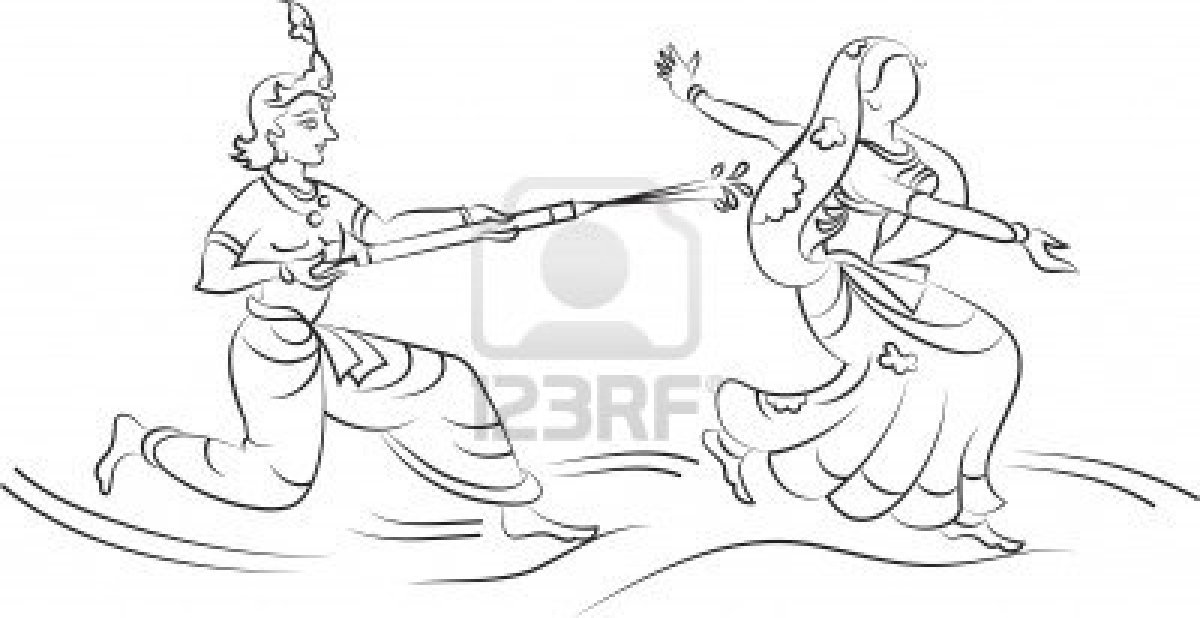
As the festival of colors and love Holi is approaching and In my home town Karauli and all parts the ‘Daandaa’ kind of a flage of Holi is at The place and the month long Faag Singing and listening sessions are on so we thought to celebrate this Faag month here with the connoisseurs of music.
Here comes the first post of the Faag series with an ultimate beauty of a non film song rendered by Geeta Dutt and Krishna Goyal.
This is a beauty of a Faag song in all respects be it the festive and colorful ambiance of the Holi or the devotional romantic flavor of the thought and also the philosophical aspect where the eternal wish and yearning of the beloved to become one with the loved one. All these flavors are there in the song.
The song in the first stanza at one point deals with the all inclusive nature of the holi ‘ koi bhee mukhda chhupane paaye , koi bhee aanchal chhudane na paaye…’ as the wish is to assimilate all the beings in the spirit of holi so no one can remain untouched by the rang of Holi and by the Gop and Shyam because then only all become the equal. And then the third stanza deals with this feature of love and equality for all is more evident in ‘mukh par malo raag ki roli, bolo meethee pyaar ki boli …’ and ‘ Vair bhaav ki unvh neech ki aaj jala dalo Holi….’ so that a new world set-up full of love and goodness can be achieved.
But the ultimate aim and philosophical intent of the song comes in the second stanza, though At the very beginning the stage is set to the colorfulness and the thoughtfulness of the idea with the opening lyrics ‘ Kori na rahe koi bhee chunariya Holi mein…Gori na rahe koi Gujariya Holi mein…’ the ultimate aim of every Gopi is to be Krishamay by merging her identity into that of the Krishna so how can remain any chunariya kori and any Gujariya Gori in Holi , they all have to be or wish to be in Shyam Rang.
And to achieve this ultimate what better way can be than ‘ ek rang mein wo tan rang jaaye ..ek rang mein wo man rang jaaye ‘ and then ‘ barase rang baraabar donon ye Jag ye Jeevan rang jaaye…’ so that the identity of Jag and Jeeva becomes one with the all pervasive ,through the ultimate action ‘ Sanwariya Radha aur Radha Ban Jaaye Sanwariya Holi Mein….’ to make the Jag and Jeevan become ek rang with Shyam !
‘ Sanwariya Radha aur Radha Ban Jaaye Sanwariya Holi Mein….’ is the ultimate state where
मृण्मय से चिन्मय की यात्रा पूरी होती है और चिन्मय मृण्मय को अपने अन्दर आत्मसात कर उसे भी चिन्मय में समाहित कर लेता है .
Also this roopak of ‘ Sanwariya Radha aur Radha Ban Jaaye Sanwariya Holi Mein….’ is an imagery which you find recurring in Radha Krishna lore where the Gopis will do shringaar of Krisna as Radha and , Raadha will be given the roop and shringaar of Krishna and then roles will be reversed just to denote the inseparability of each from the other or in deeper sense to depict the ultimate unity of Purush ans Prakriti.
Rarely you come across such profound thought and philosophy in popular songs. The way Geeta Dutt and Krishna Goyal has rendered the song is any music lovers delight.
Acknowledgements:
We are grateful to our dear friend Shri Arun Mudgal ji for coming up with this great post on the occasion of the festival of Holi.